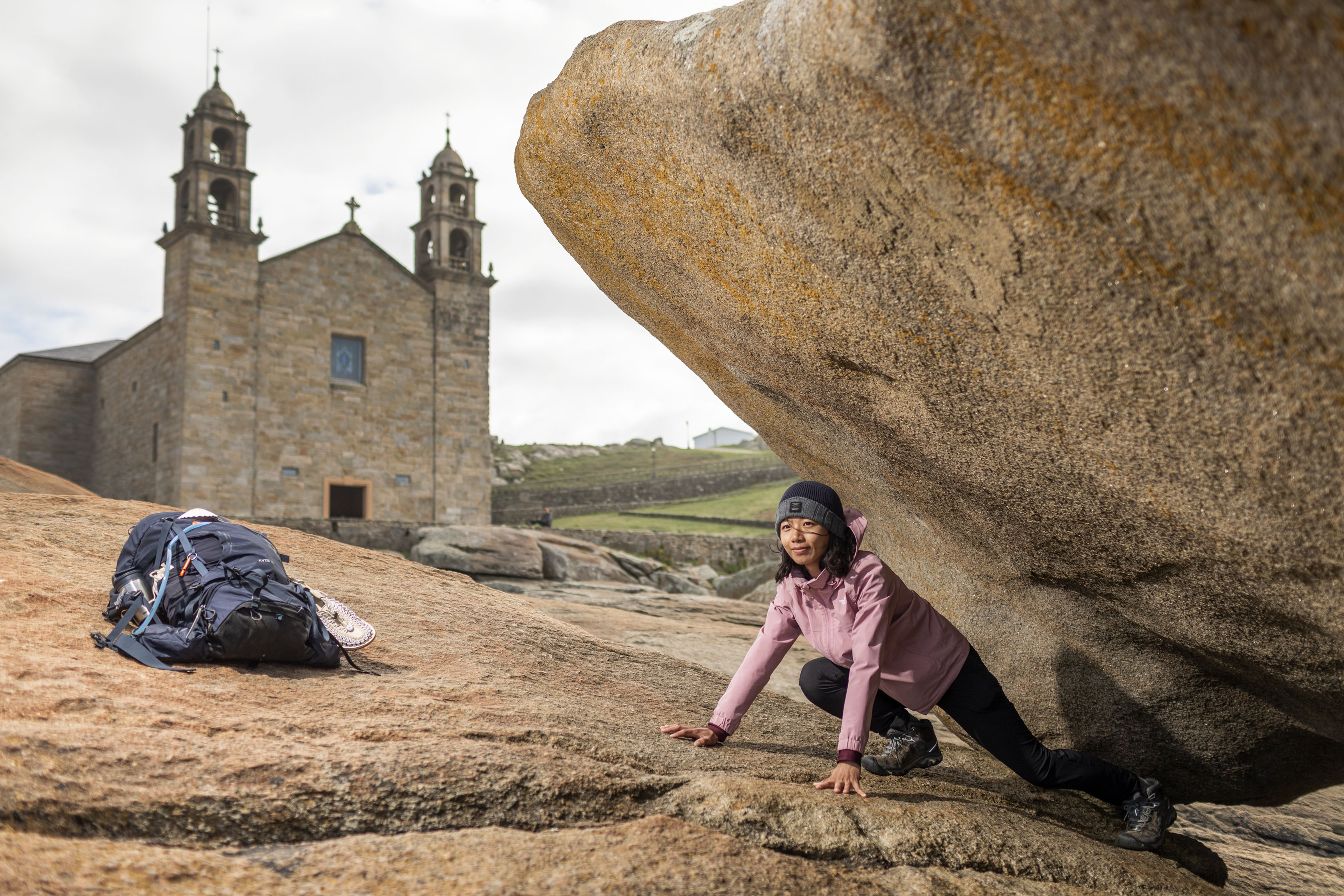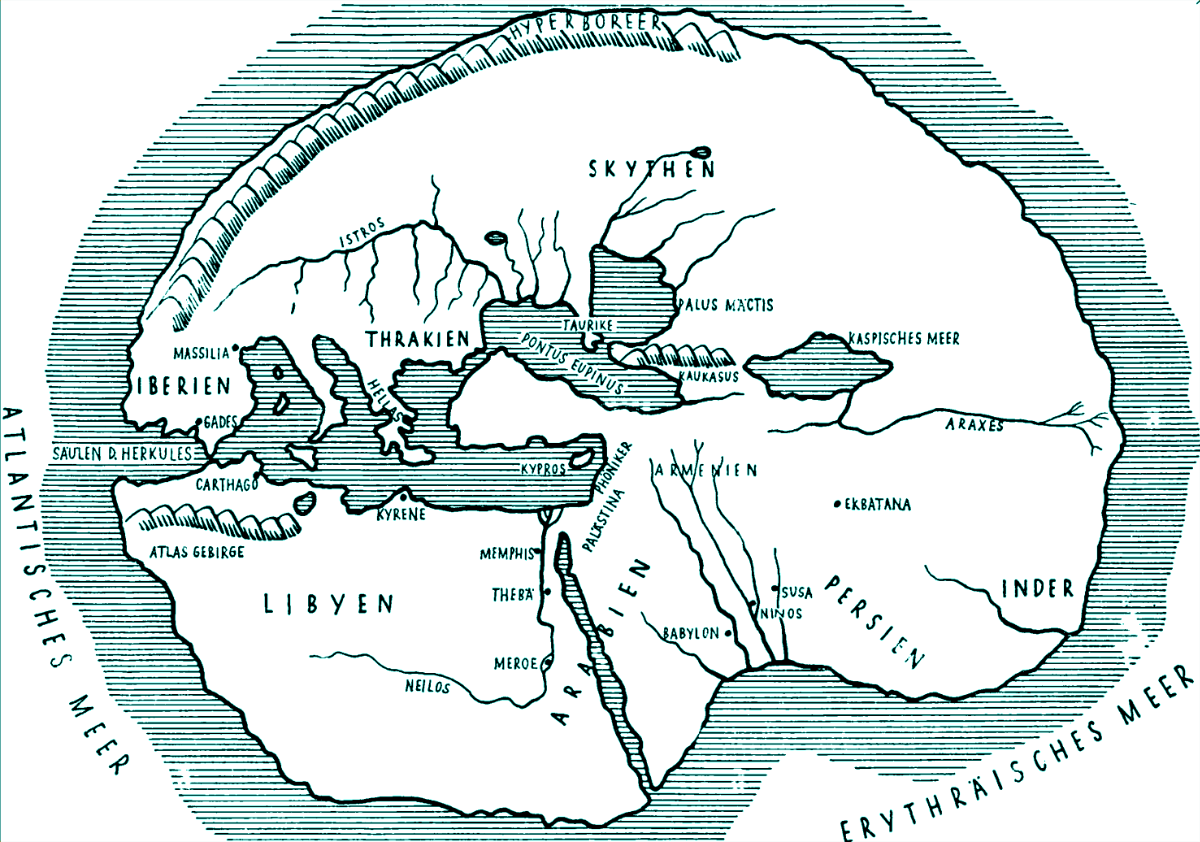
Get to the Land's End
Here is the land’s end in the Ancient World. The first Roman general to arrive in ancient Gallaecia watched with horror as his Sun god sank into the sea, very inflamed and red: he had reached the Land’s End. Today we know that it was Cape Roca, in Portugal, the westernmost point in Europe, just as Cape Touriñán, in the municipality of Muxía, is the most extreme point in Galicia, but Fisterra is the place of myth, just as George Borrow, who travelled through these lands in 1837, told: "We arrived at a place that was exactly the same as I had imagined in my youth the end of the world, beyond which there was a stormy sea, the abyss, chaos." However, for the ancient Gallaeci, these Lands of the End were always the threshold of Paradise.


The Threshold of the Paradise
In this photo you can see the stone boat that the Virgin brought to Muxía. In front of the sanctuary are the prodigious stones: the boat, which serves as a rite of passage to cure lower back ailments, the candle, which served as a divining and oscillating stone, and the guiding stone. This is because, according to the beliefs of the ancient Galicians, the deceased embarked on this coast to reach the Beyond, the Paradise, the Avalon of the ancient British. From there the saints came to Galicia in stone boats.

The Last Light of Europe
Cape Touriñán is the westernmost point of Galicia, by a few degrees of difference with Fisterra. Here we can also find Finis Solis, the place where the last beam of light on the European continent goes out, an event that occurs approximately one month a year, between the spring equinox and April 25. Built on 93-meter cliffs above the sea level, the old Touriñán lighthouse was built in 1898.

Costa da Morte (Death Coast)
The remains of the Portuguese steamer Silva Gouveia, 60 meters long, can still be seen in the picture of Rostro beach, in Fisterra. It sank in 1927. This entire coastline is known as Costa da Morte, a title given for the first time by Eduardo Pondal in one of his poems, because between 1773 and 1975 alone, there were 148 accidents here with 553 victims, wrecking ships like the British The Serpent (1890) or the French Nil (1927).

The red-hot Sun shakes
Decimus Junius Brutus, an ancestor of that Brutus who killed Caesar, was the first Roman general to arrive in Galicia. In the year 137 BC, he crosses the Duero to the north, defeats the Gallaeci and enters the ancient Gallaecia. Here he contemplates in amazement how the ocean swallows the red-hot globe of the Sun god, who disappears into the waters of the dark sea: he had reached the end of the world. In the year 36 BC, the Roman Senate granted him the title of 'Gallaeci' for having reached the western end.

The World According to the Ancient Greeks
For the ancient Greeks, the earth was flat and had an end. They conceived the earth as a disk floating on the water, with the Mediterranean inside, with Greece in the centre, and all surrounded by the ocean. This is how Herodotus (485-425 BC) still conceives it, who leaves us an image of the world like the one on the map reproduced here. Iberia is located in the west and Fisterra at the end. From Parmenides (514-450 BC) on and already with Aristotle (384-322 BC), the Earth begins to be considered as a sphere.

